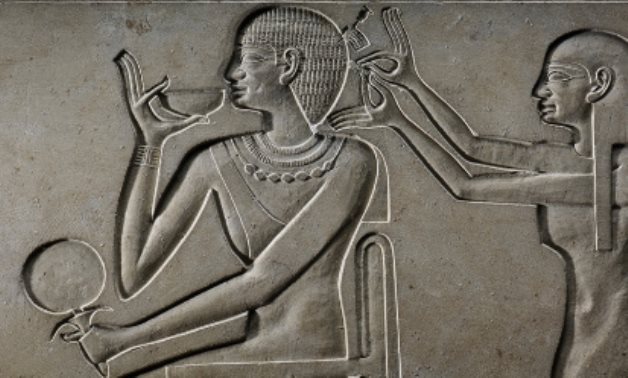![Foot binding in China [openendedsocialstudies]](https://news.newnaija.com.ng/wp-content/uploads/2024/10/d9064920a9ea5430290fe2d1cfdc0b32.png)
Over the years, women have done some pretty painful things to look like the prevailing beauty standard of that time.
Beauty standards change every century and decade. Who is referred to as the most beautiful woman in one century may be shocking to those in another.
Here are five excruciatingly painful beauty standards:
1. High Foreheads in Medieval Europe
![High foreheads in medieval Europe [Pinpage]](https://news.newnaija.com.ng/wp-content/uploads/2024/10/d5a1384622bdce0f59ec0c9b33cf1e85.jpg)
In Medieval Europe, having a high forehead and looking like an egg was believed to be the epitome of beauty, nobility, and intelligence.
This meant that women would pluck their hairlines to achieve a high forehead. They would also remove their eyelashes one by one.
Imagine removing almost all your front hair and eyebrows so you can have a broader forehead. Yikes.
2. Small Feet in Imperial China
Foot binding, a popular practice in ancient China, involved firmly binding young girls’ feet to prevent them from growing, which resulted in excruciating and crippling conditions.
Chinese ladies began practicing this in the Song Dynasty, when little “lotus feet” were highly prized as a sign of beauty.
ALSO READ: The dark side of social media: How unrealistic beauty standards are causing identity issues
3. Hair plucking in Egypt

4,000 years ago, Egyptian women plucked individual hairs from their bodies and eyebrows by pinching them between two portable seashells and drawing them out.
Hairlessness was linked to social standing, cleanliness, youth, and beauty. Women who kept their bodies hairy and maintained good grooming were viewed as more appealing.
Pulling each hair on your body from the root is like the more painful type of modern waxing.
ALSO READ: 5 crazy things women used to do to be considered beautiful
4. Curvy Bodies in Renaissance Europe
While slimness may be the current beauty standard, being thick and curvy was the standard in the Renaissance period.
Women constricted their breathing and permanently disfigured themselves by wearing tight corsets and full skirts that made them look fatter because a full-figured, curvy body was seen as the ideal of wealth and fertility.
5. Poisoning with lead in 18th-century Europe
![Woman wearing white lead makeup [Cleopatraboudoir]](https://news.newnaija.com.ng/wp-content/uploads/2024/10/29b4116623f9f5196de685c16056ddce.jpg)
Many women wanted to be pale and cover up flaws.
While we have foundation and concealers now, in ancient times, they had white lead, which is basically poison, but they didn’t care.
It is reported that Maria Gunning, the Countess of Coventry and a renowned beauty, would not give up wearing white lead even on her deathbed.
In every generation, beauty has caused pain for women. Perhaps, women can learn to accept themselves instead of unattainable standards of perfection.
